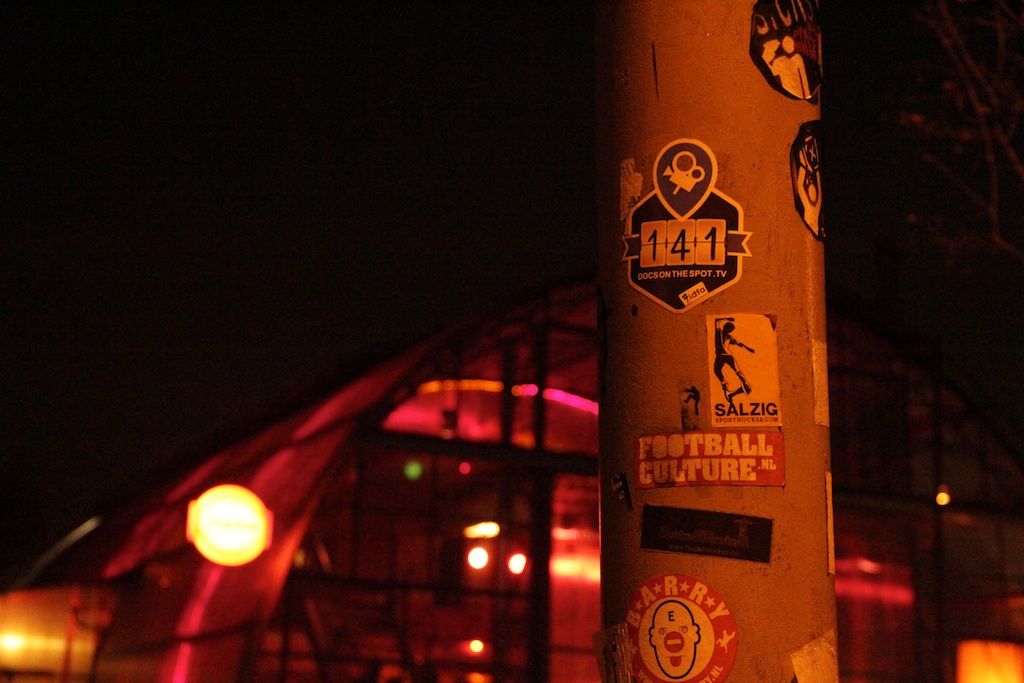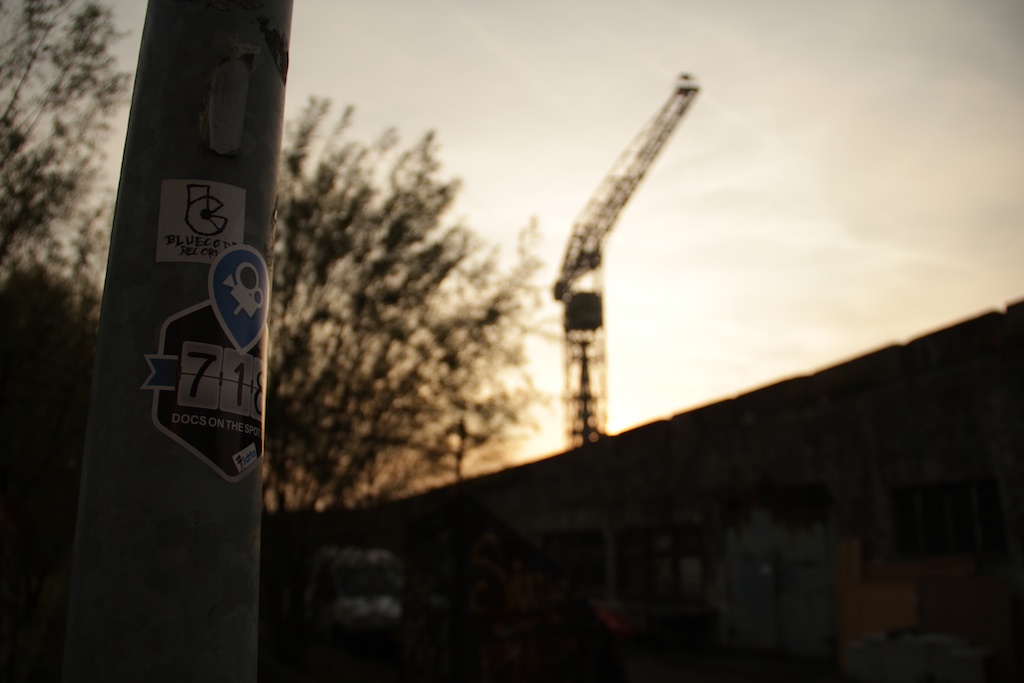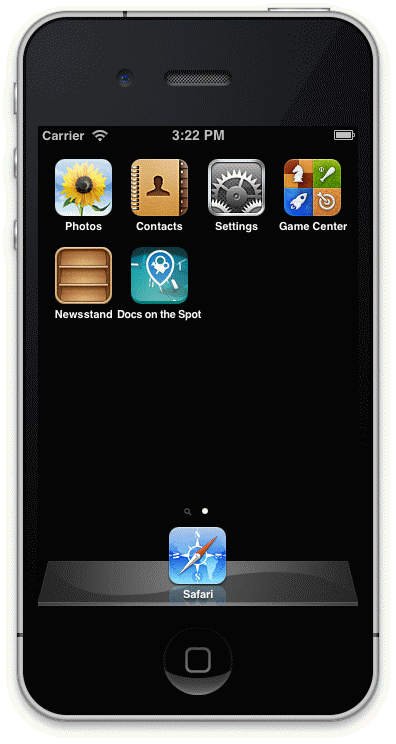We are educated as industrial designers; conceptual thinkers whose point of departure is not to think from fantastic technical solutions, but from a user experience point of view. This did not stroke completely with the nature of the assignment where a technical solution was already given; the app.
In combination with the short time span of this project, we realized that the concept was not as sharp as initially thought. More complex and interesting questions came to the surface:
- How can we enrich documentaries with the actual location?
- How can we turn things around: can we enrich the location with the documentaries?
- What is the role that other existing, relevant content can play?
With the app as the ultimate answer to an opportunity that had yet to be clearly defined, the question that remained was if the road to the answer should be restructured and redefined. In order to get meaningful answers, we broke the concept down in parts, and started working from the ground up. Our in-depth analysis can be found here.
In the end, however, it is not only about abstract methodology and how to state meaningful questions. The important part is translating these insights into something that can actually be experienced by the user.
RESULT
[youtube width=”600″ height=”375″]http://www.youtube.com/watch?v=3CMP9ZyZ2zI[/youtube]
The end result is a mobile web-app which allows the user to roam around the NDSM harbour and discover and uncover tatters of the past, making use of content from the selected documentary, as well as additional content. The documentary is Haven, omzwervingen in de nacht.
There is a very clear and explicit link between content and location. At first the notion was to reveal content depending on location. By implementing a GPS location-based tracker, content popped up on screen as certain areas were visited. In hindsight, the short period of time we had to solve any technical difficulties made us abandon any GPS-based solutions. Instead, we placed special stickers all around the harbour, each with an unique code. Entering this code into an especially designated menu in the app unlocks that specific piece of content. As a result, you really have to look around to find those stickers instead of looking at your mobile phone and waiting for content to pop up. By seducing the users to look around and absorb the environment, we hold them away from the device screen.
There is an overload of stickers placed, making sure there is enough content to be found. Because of the open-endedness of the project, it is not required to actually find all of the stickers, or use them in a specific order.
As an addition, there is also a possibility to tune into the radio. This radio gives access to a number of soundclips that really convey the general feeling and mood of the harbour, both in the present as in the past, but are not as strongly tied to specific locations as the other content. Put on your headphones, and stroll around the harbour to take in everything you see.
In conclusion, we used technology as a means to unlock content and enhance both the location as well as the documentary. A cornerstone of the project was to use this technology as a means, and not as a goal. We can use the good part of technology, while not forcing the users to live behind their screens. A presentation at Screening the City was given to further explain the project. Here is the IDFA project page.
Docs on the Spot was developed by Jeffrey Braun and Billy Schonenberg





